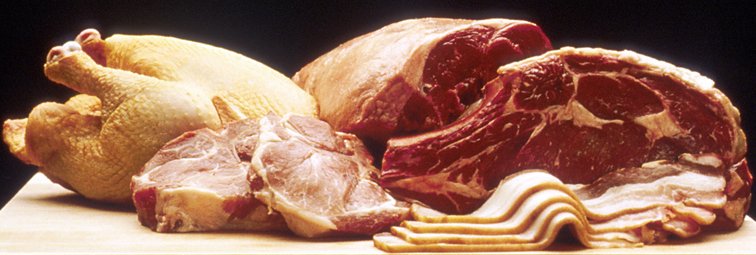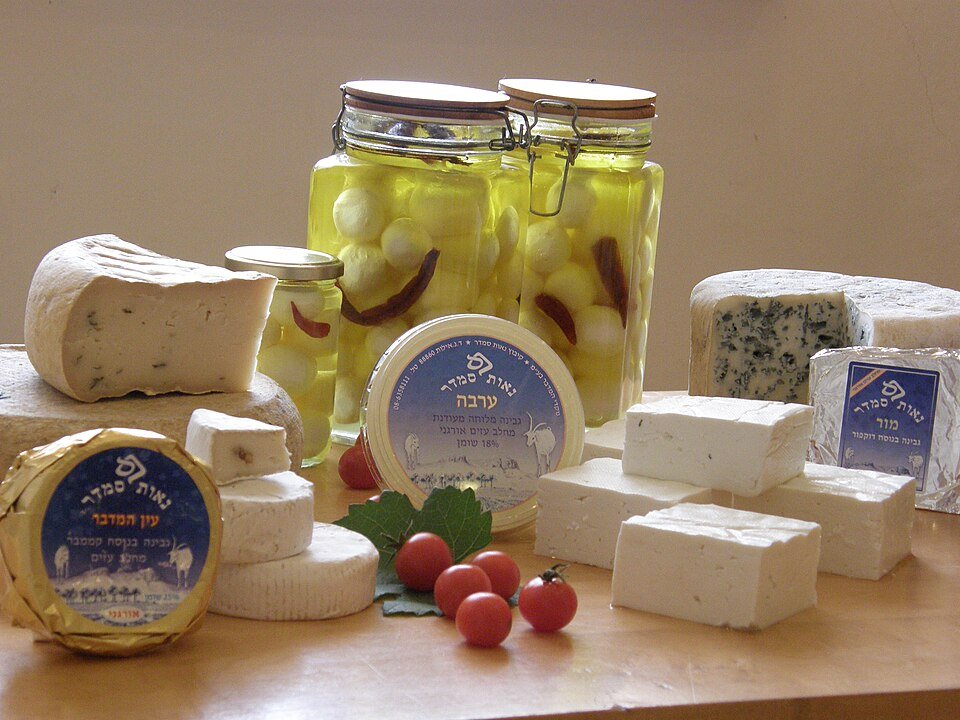Animal source foods
Consumption area(s): Earth

Introducion
Animal source foods include all edible items obtained directly from the bodies or secretions of animals. These range from familiar products such as meat, eggs, milk, and honey to less common ones like blood and isinglass, a substance used in food processing. The category also covers processed foods derived from animals, including sausages, ham, and other man-made products.
Edible animal
In this context, the term “animal” refers strictly to edible species within the kingdom Animalia and encompasses only substances directly obtained from their tissues or bodily fluids, whether solid or liquid.
A broad variety of edible creatures—from jellyfish and insects to mammals, mollusks, crustaceans, and other vertebrates—contribute to the human diet. Among these, meat, derived from muscle tissue and organs of animals such as cattle, pigs, poultry, and sheep, is the most familiar and widely consumed example.
Animal-derived foods
Beyond whole animals, many animal-derived products play a vital role in diets worldwide. Milk, for example, is a key nutrient source and the basis for products like cheese, butter, and yogurt, which are staples in many culinary traditions.

Eggs, laid some animals, are another important food, valued for their protein content and culinary versatility. Additionally, honey, produced by bees, serves as a natural sweetener prized across cultures for its unique flavor and nutritional and medicinal qualities. This category also includes various processed products, such as preserved animal source foods.
Nutritional properties of animal source foods
Meats, eggs, shellfish, and dairy items like milk and cheese are excellent sources of high-quality protein, containing all the essential amino acids that the human body requires. This makes them ideal as complete protein sources for human diets. For example, a 110 g (4 ounce) portion of chicken breast or pork chop provides about 30 grams of protein.
In addition to protein, these animal source foods supply important amounts of energy (calories), fats, and a variety of essential vitamins and minerals, such as vitamin B12, iron, zinc, calcium, and magnesium, all of which contribute significantly to human nutrition and health.
Classification of animal source foods
In this context, we consider both edible animals themselves, primarily grouped by phyla, and their derived foods.
Edible animals
- Annelida or Annelids (Earthworms)
- Arthropoda or Arthropods (crustaceans, insects)
- Chordata or Chordates (amphibians, birds, fish, mammals, reptiles)
- Cnidaria or Cnidarians (jellyfish)
- Echinodermata or Echinoderms (sea urchins)
- Mollusca or Mollusks (cuttlefish, octopuses, shellfish, snails)
Animal-derived foods:
- Dairy products
- Eggs
- Honey
- Isinglass
- Preserved animal source foods
Source(s):
https://en.wikipedia.org/wiki/Animal_source_foods
https://en.wikipedia.org/wiki/Food
Photo(s):
1. User:FriedC, Public domain, via Wikimedia Commons
2. זלדה10 (Zelda 10), CC BY-SA 3.0 https://creativecommons.org/licenses/by-sa/3.0, via Wikimedia Commons
